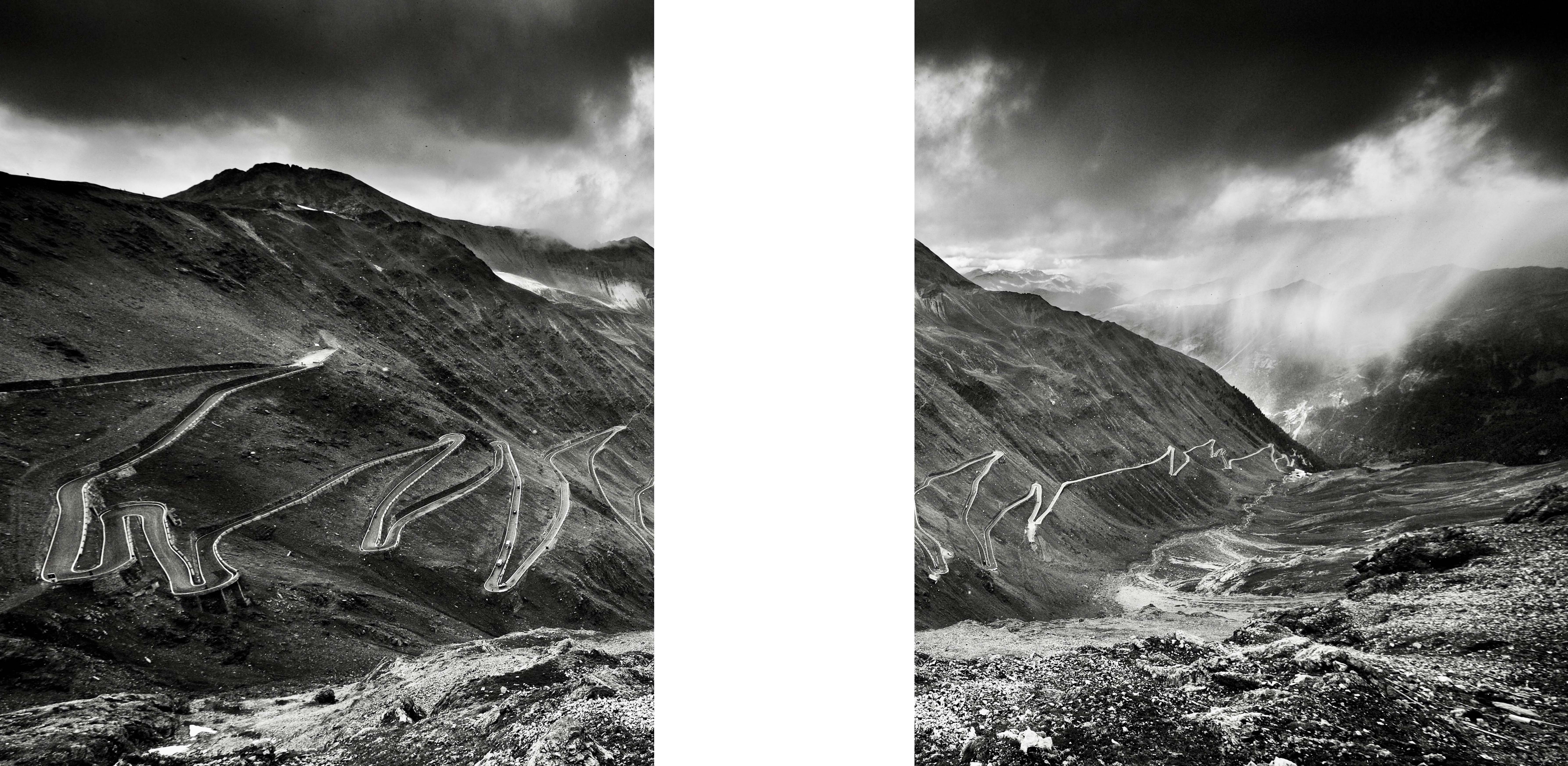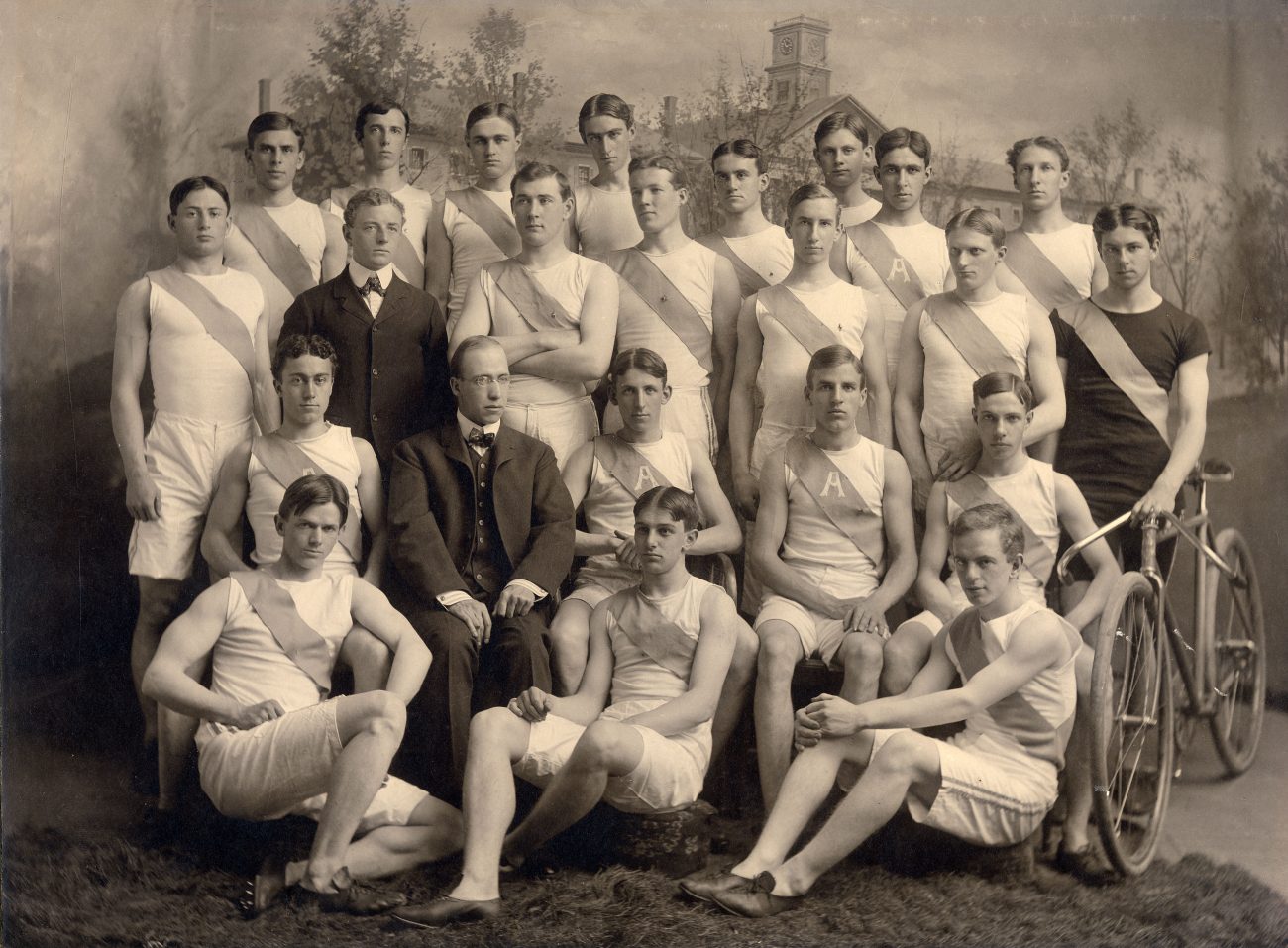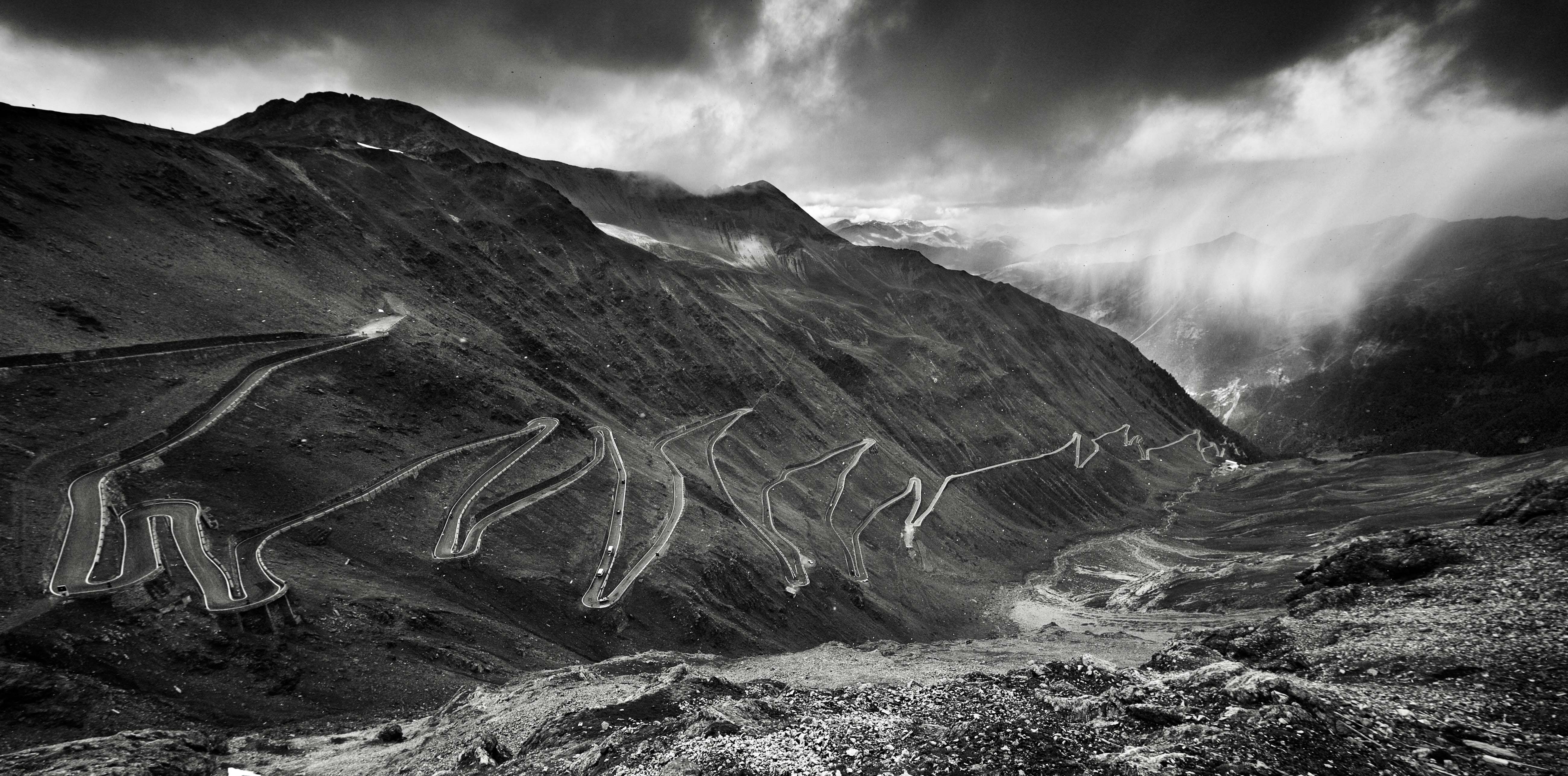

article by Graham Jones
In Part 2 of my “Cycling’s Enduring Legacy’ series, we discover that the humble bicycle played a major role in breaking down late Victorian barriers of gender, class and race. Sociological changes, technology innovations and the rapid emergence of a dynamic cycling culture coincided to set the stage for bicycle racing as we know it today.
The World from 1890 to 1914 Just three years after James Moore won the first ever bike race at St. Cloud in Paris in 1868, the world was awaked to a startling new way of looking at light and color. Claude Monet’s view of Le Havre from his window shocked art critics and the public alike. Never had paintings portrayed scenes with such color and lack of sharply defined detail. One critic described it as an “impression” and thus launched the Impressionist Movement that lasted well into the 20th Century.
This bold departure from centuries of artistic tradition characterized the bold new world emerging during the late 19th Century and the early 20th Century. From 1890 on the artists had inspired clothiers who created what the French called the ‘Belle Époque’ (Beautiful Era) of high fashion for the well to do. But the refined world of art and clothing was more than matched by the field of technology as it accelerated into a period of rapid and endless innovations that would change the World forever!
Telegraphy linked the New World with Europe and the motor car started to appear after Henry Ford demonstrated the first practical vehicle in 1893. But considered the most important development of all was the Wright Brothers first powered flight in 1903 (just five months after the first Tour de France).
The ‘Rover Safety’ Ushers in the Modern Era of Cycling It was the invention of the Starley ‘Rover Safety Bicycle’ in England that provided the catalyst for Cycling’s Golden Age. Also the introduction of pneumatic tires provides another major boost to the viability of the ‘safety’ and in particular its use for racing. The cumbersome and often dangerous designs of the past were finally replaced by a safe design suited to all levels of rider skills. Its diamond shaped frame and equal sized wheels are to this day the basic elements of the bicycle. Of equal significance at that time was that the ‘Safety’ was economically viable for many in the middle and lower classes (i.e. the majority of the population). Cars, radios, air flight, ‘belle epoch’ clothes and art were very much limited to the very wealthy upper classes.
Historians tell us that the average citizen prior to the 20th Century rarely traveled more than 25 miles (about 40km) from their home their entire life. Foot or horse drawn vehicles were about their only means of travel. Consequently these newfangled bicycles opened up huge possibilities to extend the range of travel. Young men in particular visited towns and villages that normally they would never have thought possible. Birth records have shown that family names previously only seen in a particular area suddenly started to appear much further from home. Obviously many long bicycle rides were made with amorous intentions!
The ‘safety’ was the first bicycle that was truly suitable for women, but those early pioneering ladies had to endure great public outrage. Even so their numbers greatly increased and cycling became an important expression in the battle for women’s emancipation. The famous American feminist, Susan B. Anthony, called the bicycle the “freedom machine”.
Cycle Racing Takes Root It was during this ‘Golden Age’ that racing as we know it today started to establish its roots. On the road point-to-point races, either as time trials or bunch races grew in popularity. Entrepreneurial race promoters soon understood the immense public fascination for cycling and cycling competitions. However road conditions of the 1890’s were still atrocious and it proved almost impossible to charge spectator fees to people standing on the road side. The solution was track racing which solved both the problem of road surface conditions and capturing a paying public. The evolution of banked tracks enabled spectators to follow the entire race spectacle in relative comfort. Public response was so extensive that it spawned an incredible world of track racing.
From about 1890 until World War I almost every major European and US city had its own velodrome. It is hard to imagine today, but in the USA track racing was the number one spectator sport in the country at that time. Today we are familiar with the Madison track race. The formula for this event was created at the Madison Square Garden track in New York City. In Europe the lure of the bicycle was no less and even distant Japan was developing a significant cycling culture.
The greatest social impact that cycling had on the late Victorian era was to contribute to a serious break down of rigid gender, class and racial barriers. While road races (normally restricted to men) were starting to take shape, women everywhere shocked society with audacious and incredible cycling exploits:
- 1890’s – More than a million American women will own and ride bicycles during the next decade. It is the first time in American history that an athletic activity for women will become widely popular.
- 1890 – Fanny Bullock Workman (1859-1925), with her husband William, begins 10 years of bicycle tours. Cycling across the back roads of Europe and charting new pathways for fellow cyclists. The Workmans published their first travel book in 1895, after a tour of Algeria. They toured the Far East, cycling across Asian countries and the Indian Subcontinent in 1897 and 1898, publishing more travel accounts. For the rest of their careers they were mountaineers, completing eight Himalayan expeditions between 1898 and 1912.
- 1893 – 16-year old Tessie Reynolds of Brighton, England rides her bicycle to London and back, a distance of 120 miles, in 8.5 hours. She wore the shocking “rationale” dress – a long jacket over knickers, which outraged some observers as much as her feat.
- 1894 – Annie “Londonderry ” Kopchovsky, 23, sets out to become the first woman to bicycle around the world, a journey that lasted 15 months and earned her $5,000 along the way.
- 1896 – The first 6-day bicycle race for women starts on Jan 6 at Madison Square Garden in NYC.
Marshall “Major” Taylor was an African-American who became one of America’s first world champion athletes. Taylor was discovered at age 13 in Indiana. He prospered as a cyclist but faced extensive racial prejudice. He was even banned from racing in various American cities because of his color. During his first appearance as a professional on the Madison Square Garden track in 1896 he lapped the entire field in the half mile race. In 1901, Taylor began a European tour of fifty-seven races, of which he won forty-two. A fact lost in history; Marshall Taylor was the second black world champion in any major sport (following boxer George Dixon).
A.A. “Zimmy” Zimmerman was America’s first international athletic star and a national sporting idol during the 1890s. He was a fun-loving, agreeable character from New Jersey who could get three hours of sleep the night before a race and then go out and break a time record. The working class Zimmerman broke down class barriers by changing amateur racing from a sport for the wealthy to a sport with universal appeal. He appeared in advertisements for bicycle companies, and people were fascinated with his effortless victories. Zimmy was known for his short bursts of incredible speed, holding back until the last lap when he would surge forward to defeat his competitors.
While the bicycle was playing its part in breaking down gender, class and racial barriers, open road racing was evolving mainly in Western Europe. Both on mainland Europe and in Great Britain road cycling initially focused on great distances with bunch events organized as ‘cyclotourist’ affairs. In parallel ‘marathon time trials’ in the form of place-to-place records became very popular, especially in England.
The Bordeaux-Paris (B-P) race of 1891 is recognized as the first long distance road race of the new ‘safety bicycle’ era. The newspaper organizers had intended the event to be a venue for amateur sport tourism with the 500km to be completed over five days at no less than 100kms per day. An English time trial champion by the name of G.P. Mills turned the ‘touring event’ into a race and stunned everyone when he rolled over the finish line in Paris just 26 hours after leaving Bordeaux. Until its demise in 1988 the B-P was considered the “Queen” of the classics and it was unique in that every race was either partially or completely paced. In the early years tandems and cars were used and then in 1938 dernys replaced pure motorbikes as the official pacer. England’s Arthur Linton shared a disputed first place in 1896 with the French rider Gaston Riviere. It was not until 1963 that another Englishman, Tom Simpson, stood atop the B-P podium.
For British, American and Canadian riders the first two decades of cycle racing were heady times. For example three different English riders claimed world track titles from 1896 to 1898. On the road it was a similar story for Anglo-Saxon riders. But it was to be just a brief period of glory before riders from mainland Europe took total possession of all the important races on both road and track.
The record of riders from the UK succeeding in the Bordeaux-Paris neatly sums up how elite cycling secured its focus on riders from mainland Western Europe. Apart from having to travel across the English Channel, British riders lost the ability to test themselves in bunched races when the British National Cycling Union (BNCU) banned massed start road racing in 1888. At that time the open road was a casual place with horse travel, pedestrians, children, dogs and farm animals simply wandering all over the place. Horse drawn vehicles and fast moving horses posed the most danger but these were common sights heralded by thundering hooves and clattering harnesses. Bunches of fast moving cyclists on the other hand were unexpected and relatively quiet. Numerous accidents occurred and cyclists in general were increasingly seen as a public menace. The BNCU ban preempted a potential parliamentary law banning all cycling from Britain’s roads and thus Britain ‘s great time trialing culture took root.
The 1890’s saw an explosion of place-to-place road races appear all over Europe. Most have disappeared into history but the year after the first B-P (1892), the first Liege-Bastogne-Liege (L-B-L) was run for amateur riders. Again in 1893 the race was limited to amateurs but since 1894 it has been a strictly professional race. Today this much venerated race is known as the “Doyenne” (old lady) and is the oldest surviving classic race on the annual professional calendar.
For many years the French disputed the Belgian L-B-L claim to being the oldest of the ‘five monuments’ because the early L-B-L’s actually started and finished in Spa and not Liege. It was the Paris-Roubaix (P-R), first run in 1896 that laid claim to being the oldest race, but that French – Belgian dispute seems to have faded away.
Paris-Roubaix has long been one of the most highly anticipated events on the annual cycling calendar. Its notorious cobbles and often brutal Flandrian weather has frequently created epic conditions for many of cycling’s greatest ever riders. Today it is the cobbled sections that attract intense media and spectator attention yet even up into the 1960’s these sections were not considered particularly extreme. In fact from the 1890’s until at least World War II the cobbled roads were often in better condition than most other roads.
The common nickname for P-R is the “Hell of the North” which has somewhat distorted the image of the race. This name was first applied to the race in 1919 when journalists returned for the first time to the utter devastation left behind by the tragedy of the Great War. The scene which was described as looking like an apparition of hell was so appropriate that the phrase stuck and then became firmly associated with the race.
While these first races were finding their place in the world of cycling, names that now resonate with cycling history started to be recognized. Maurice Garin, winner of the first Tour de France, won the Paris-Roubaix in 1897 and 1898. Henri Desgrange, the acknowledged father of the Tour de France, became involved in organizing cycling events. Initially he played a crucial role in ensuring that the monster 750 miles (1200km) Paris-Brest-Paris became the most important venue for French cyclotourism. The inaugural 1891 event was a huge success with the winner Charles Terront covering the distance in just less than three days (and nine hours ahead of the next rider). This classic is still run today once every 10 years as an amateur ‘tourist’ event.
As the 19th Century drew to a close cycle racing increased dramatically. Much of the growth was fueled by newspapers and cycling manufactures using the races as marketing vehicles. Newspapers were the only mass media available to the general public and intense competition between newspaper-proprietors focused on maximizing readership (circulation). Desgrange was a leader in this war and eventually his newspaper monopolized the French sporting press. He was both a proprietor and writer. Along with his team they published flowery prose worthy of Greek and Shakespearean literature. For months they would condition their readers with articles designed too generate intense focus and pent up excitement for their upcoming races. During and after the races they would publish accounts that would often read like Greek mythology with the conquering cyclists coming out as Greek Gods. Cycling manufacturers flocked to the races as a way to prove the viability of their products under such demanding conditions. Soon the concept of sponsors and paid professionals was firmly in place.
The period between 1900 and 1914 saw cycling continue to build on the base established in the 1890’s. In addition to the Tour de France and Giro d’Italia, three more of the “Five Monuments” of cycling were established before WWI erupted. This was truly a Golden Age of Cycling.











